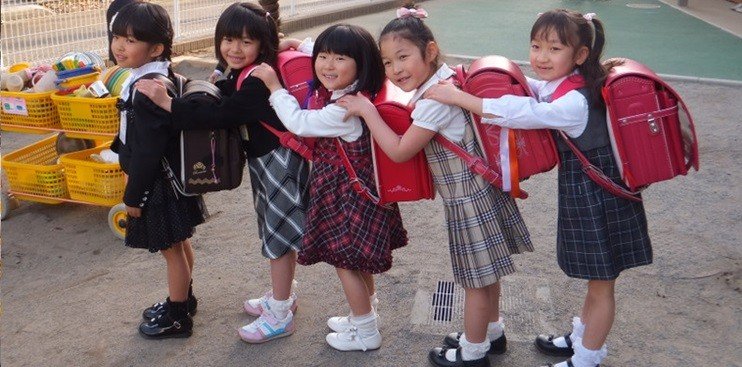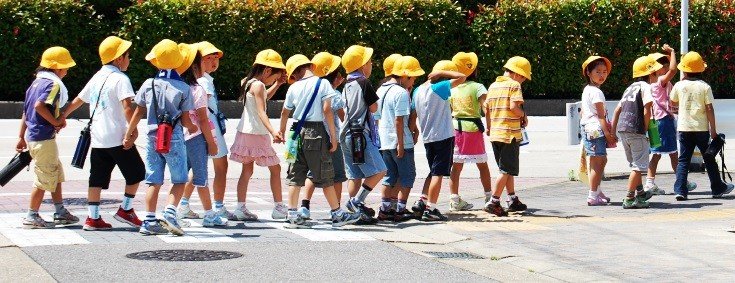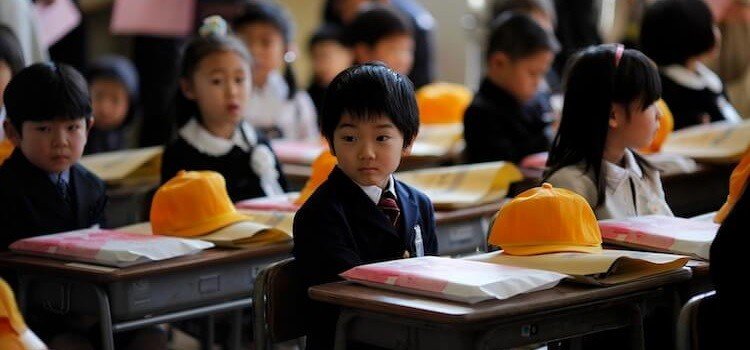Have you ever thought that the way we walk may vary depending on where we live? A study published in the journal Scientific Reports revealed a curious and important fact: Japanese children develop walking patterns different from those in other countries. And we are not talking about minor variations – the differences are structural and follow a well-defined pattern as they grow.
The research analyzed 424 Japanese children, aged between 6 and 12 years, using three-dimensional motion analysis technology. The aim was to observe how walking evolves throughout childhood. The results revealed unique characteristics in the walking of Japanese children, directly related to culture, lifestyle, and body biomechanics.
But after all, what makes these children walk differently? Let's go to the main points.

Table of Content
The 4 factors that explain the difference in gait
The team led by researchers from the University of Nagoya and the Aichi Mikawa Aoitori Medical Rehabilitation Center managed to identify four main biomechanical factors that make Japanese children's walking so unique:
- Increase in cadence: Older children, between 11 and 12 years old, showed a higher number of steps per minute compared to children between 6 to 8 years old. They walk faster, even if with shorter steps.
- Reduction of stride length: With the growth, there was a reduction in step size between the age ranges of 9 to 10 years and 11 to 12 years, something contrary to what is expected in Western standards.
- Reduced range of motion in the knees: The researchers observed that pre-adolescents aged 11 to 12 move their knees less while walking, indicating a more restrained marching style.
- Increase in plantar flexion: As they grow, these children start to use more of the movement of plantar flexion, the famous "ballerina movement," where the toes point downwards. This action occurs right at the beginning of the step, indicating a mature and refined motor pattern.
These differences do not indicate issues — quite the opposite. According to researchers, this way of walking does not negatively affect the health of Japanese children. It simply reflects natural and cultural adaptations to the environment in which they live.

What is the cultural impact on the way of walking?
The Japanese lifestyle directly influences children's gait. Habits such as sitting on the floor in the seiza position, constant use of lower and stiffer shoes, school environments that promote light but constant physical activities, and the urban space itself with narrow sidewalks and walking routines help shape the way they walk.
Moreover, a lighter and balanced diet also influences muscle tone and balance. These cultural and environmental elements contribute to the fact that Japanese motor development follows a different, yet equally healthy path.

A breakthrough for medicine and rehabilitation
More than just a simple curiosity, the discovery brings real benefits for orthopedic medicine and pediatric physiotherapy. The data collected in the study helps to:
- Identifying motor abnormalities faster;
- Monitoring child development with greater accuracy;
- Adjust rehabilitation treatments in patients with movement disorders;
- Create more diverse parameters for what is considered "normal march".
According to the authors, understanding these cultural and biomechanical differences allows for adjustments in orthopedic therapies and prevents misdiagnoses. A pattern that is normal in one culture may be confused with pathology in another if there is no context.

And after all, does this change anything for the world?
Certainly. This study reinforces the importance of considering the cultural factor in science and medicine. Children are not small adults, and not all follow the same motor patterns — especially when growing up in very different cultural environments.
If you work in physical education, pediatrics, physical therapy, or simply enjoy understanding the human body, this research offers a new lens to observe child development.
